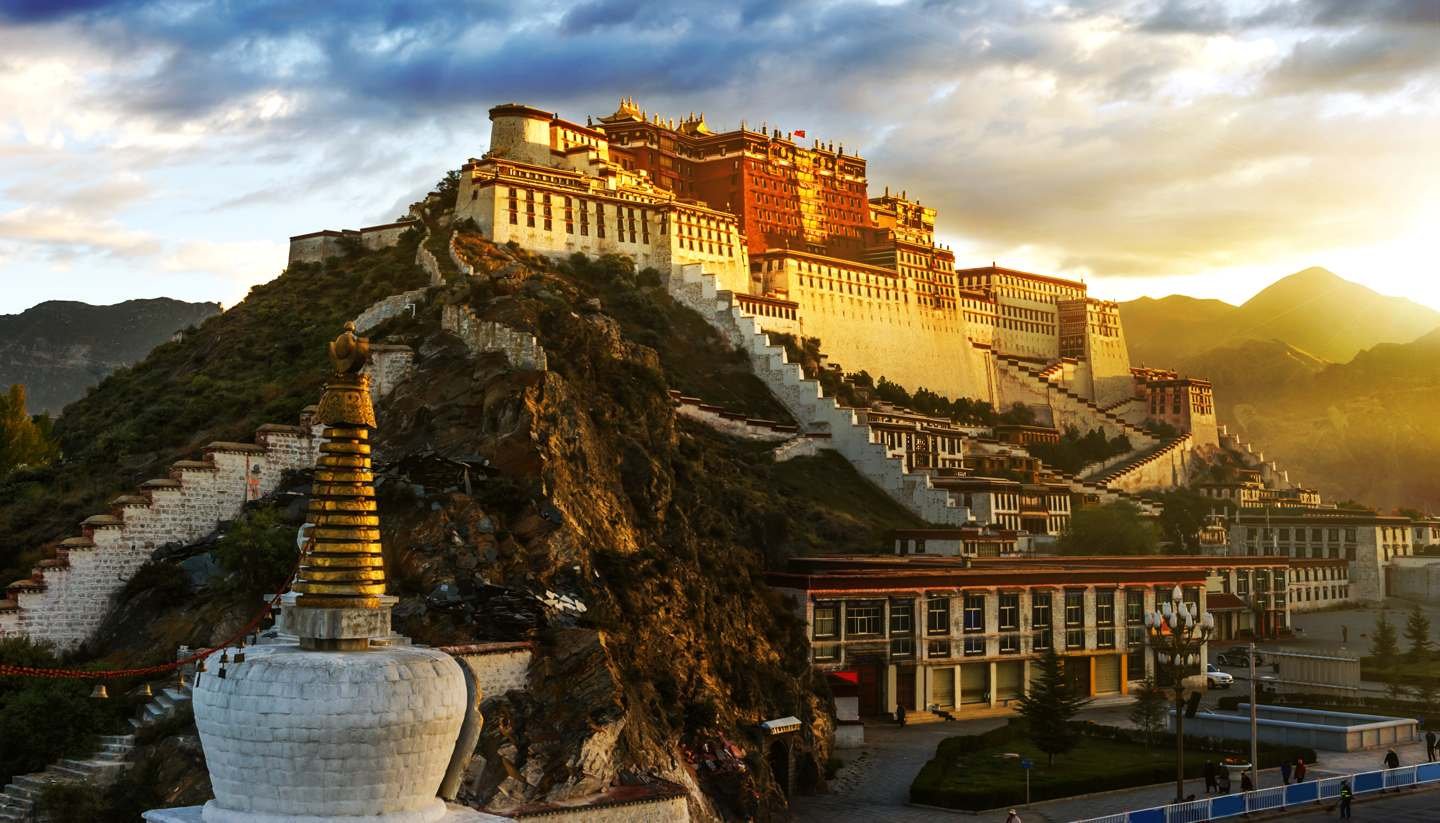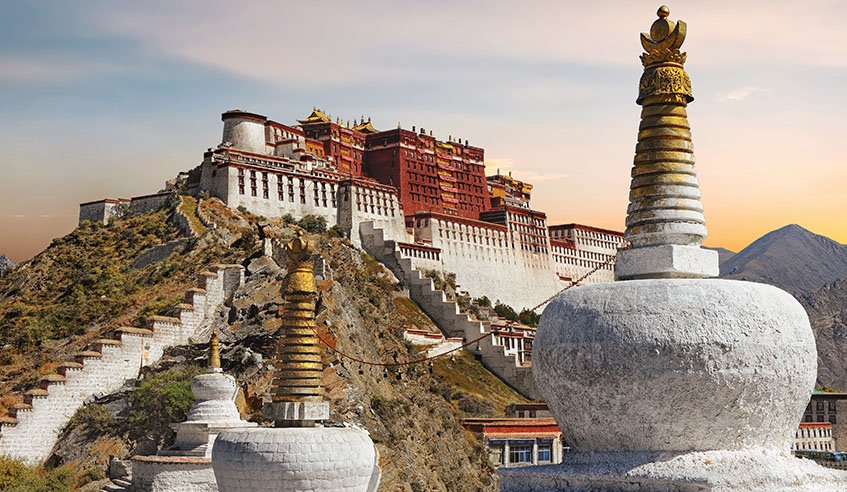Budgeting For The Roof Of The World: The Cost Of A Tibet Trip

Tibet, often referred to as the ‘Roof of the World,’ offers a unique and transformative travel experience. However, planning a trip to this remote Himalayan region requires careful budgeting due to its unique location and rugged terrain. To help you plan your dream Tibet adventure, let’s delve into the key factors that determine the cost of a Tibet tour and provide a detailed breakdown of various expenses.

1. Tour Operators and Permits:

Engaging with a reputable tour operator is pivotal for a seamless and enjoyable Tibet trip. These operators handle all the necessary permits, logistics, and arrangements, eliminating the hassle of dealing with complex paperwork. Tour operators offer varying packages tailored to different budgets and preferences, ranging from budget-friendly options to luxury experiences. Prices typically cover transportation, accommodation, meals, and essential permits.
2. Transportation:
Transportation forms a significant portion of the overall trip cost. Domestic flights connect major cities in China to Lhasa, the capital of Tibet. From Lhasa, various modes of transport are available for exploring the region, including shared buses, private vehicles, and scenic train rides. The cost varies depending on the route, distance, and group size.
3. Accommodation:
Tibet offers a range of accommodation options to suit different preferences. From basic guesthouses and budget hotels to comfortable mid-range options and luxurious lodges, there’s something for every traveler. The cost of accommodation varies accordingly, with peak season (May to September) generally commanding higher prices.
4. Meals:
Tibetan cuisine, influenced by its unique culture and geography, presents a delightful culinary journey. Many tour packages include meals, but if you prefer exploring local eateries, be prepared for moderate costs. A meal at a local Tibetan restaurant typically ranges from 30 to 60 RMB (approximately 4 to 8 USD).
5. Activities and Sightseeing:
Tibet is renowned for its unparalleled natural beauty and rich cultural heritage. A typical itinerary includes visits to iconic landmarks like Potala Palace, Jokhang Temple, and Mount Everest Base Camp. Costs for activities and sightseeing vary depending on the specific attractions and experiences. Some attractions charge entrance fees, while others offer free admission.
6. Visa Fees and Insurance:
To enter Tibet, foreign nationals require a Tibet Travel Permit and a Chinese visa. The process involves submitting various documents and personal information. Visa fees can vary depending on the nationality of the traveler. Additionally, travel insurance is highly recommended to protect yourself against unexpected circumstances.
7. Miscellaneous Expenses:
Beyond the core trip components, other miscellaneous expenses can add up. These may include personal shopping, souvenirs, tips for guides and drivers, laundry services, and communication costs (e.g., buying a local SIM card). Budgeting for these expenses ensures a smooth and worry-free travel experience.
To provide a better sense of the overall cost, here’s a rough breakdown:
Tour Operator Package: Starting from 2024 USD per person for a 10-day tour (excluding international flights)
Transportation: Approximately 300-500 USD for domestic flights and local transportation
Accommodation: Ranging from 30 to 100 USD per night, depending on the level of comfort
Meals: Budgeting around 20 USD per day for local Tibetan cuisine
Activities and Sightseeing: Costs vary, but entrance fees typically range from 10 to 50 USD per attraction
Visa Fees and Insurance: Approximately 100-200 USD for visa fees and travel insurance
Miscellaneous Expenses: Allow around 100 USD for shopping, souvenirs, tips, and communication
These costs are approximate and can fluctuate based on individual preferences, the level of luxury, and the time of year (peak season prices tend to be higher). It’s essential to conduct thorough research and plan your budget accordingly to ensure a hassle-free and memorable Tibet adventure.